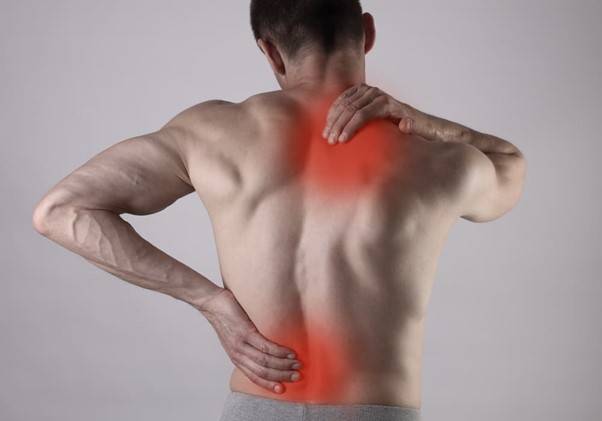
Know When to Choose Heat or Cold For Pain Relief
Heat and ice packs relieve pain and discomfort resulting from arthritis, torn muscles, and inflammation. Hot and cold therapy is easily affordable and is helpful for many diseases and injuries. Knowing when to use heat and cold is difficult though and sometimes one treatment includes both.
Use ice for acute pain, inflammation, and edema. And use heat for sore muscles.
Heat therapy
How it works?
Heat therapy increases local blood flow and circulation. Even a modest increase in temperature helps reduce pain and promotes muscle flexibility. Heat therapy relaxes and heals the muscles.
Types
There are two varieties of heat therapy – dry heat and moist heat. The suggested and best known temperature-range for both forms of heat therapy is ‘warm’ rather than ‘hot’.
- Dry heat (also known as “conducted heat therapy”) comprises heating pads, dry heating packs, and saunas. This heat is easier to implement.
- Damp heat (or “convection heat”) encompasses sources such as hot baths, steamed towels, and damp heating packs. Moist heat can be marginally more effective and requires less time to achieve the same results.
Additionally, professional thermal therapy treatments are available. Pain associated with tendonitis can be alleviated by, for instance, ultrasound-generated heat.
When to avoid
Heat therapy is not always appropriate. Damaged or swollen areas need cold therapy. Open wounds should not receive heat therapy.
Heat therapy can burn or cause difficulties in people with certain pre-existing medical conditions such as:
- Diabetes
- Vascular disease
- DVT
- Multiple sclerosis (MS)
Before going in for heat therapy, please consult your doctor if you have heart problems or hypertension. And consult your doctor before going in for saunas or hot tubs, if pregnant.
Heat treatment
Unlike cold therapy, heat therapy is most effective when utilized for a longer time. Heat treatment can ease minor stiffness or tension in 15 to 20 minutes.
Heat therapy like warm baths for 30 minutes to 2 hours can help in easing moderate to severe pain.
Cold therapy
How it works
Cold treatment is called Cryotherapy. It reduces blood flow to the affected area to reduce inflammation and swelling, especially around joints and tendons. It momentarily reduces nerve activity, relieving pain.
Types
Cold therapy is applied in several ways. Treatment options include:
- Icy gel packs
- Coolant sprays
- Ice rub
- Ice baths
Other cold therapies include:
- Cryo-stretching, which reduces muscle spasms during stretching
- Cryokinetics, which combines cold treatment and physical movement for ligament sprains
- Whole-body cold therapy chambers
When to avoid
Because they cannot feel, people with sensory issues should not use cold treatment at home. Diabetes damages nerves and reduces sensitivity, hence diabetics should not try cold therapy. And remember, stiff muscles and joints should not be cooled.
Ice therapy
Use a towel-wrapped ice pack or ice bath at home. Frozen items can injure skin and tissues, if applied directly, immediately or for too long.
Use short-term cold therapy multiple times a day. To avoid nerve, tissue, and skin damage, cold therapy should last only around four to five minutes. Elevating the affected area is suggested.
Understanding when to use cold therapy and when to use heat therapy will significantly improve the outcome of the treatment. Certain conditions may need both. Patients with rheumatoid arthritis, for instance, can use heat for joint stiffness and cold for inflammation and acute discomfort.
Stop the treatment immediately if it worsens the pain or distress. If the treatment has not been effective even after a few days, discuss alternative treatments with your doctor. Also, please consult your doctor if you develop bruising or skin changes during treatment.
Heat and cold muscle pain treatment Dubai is available at The Healers’ Clinic. Holding a holistic and integrative approach to healthcare, our highly experienced and expert physicians develop individualized treatment plans to address the root causes of the condition.





